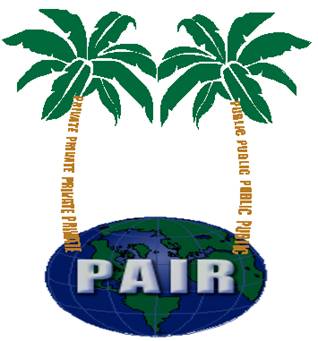Copyrightprotects an author’s original and creative works. Originality means the work isnot copied, and creativity means that it evidences some thought.
TheCopyright Act gives the copyright owner the exclusive right to:
· Reproduce the work
· Prepare derivative works of the work
· Distribute copies of the work to the public
· Perform or display the work publicly
Copyrightprotects original works of authorship that are fixed in a tangible form ofexpression, meaning that the works may be communicated with the aid of amachine or device. Examples of copyrighted works include:
- · Literary works (books and magazines)
- · Musical works
- · Dramatic works (movies, plays, and television shows)
- · Pantomimes and choreographic works
- · Pictorial, graphic, and sculptural works (paintings, photographs,sculptures)
- · Audio-visual works
- · Sound recordings
- · Architectural works
· Computer Software (the literal code and the structure, sequence,and organization of a program)
What isnot copyright protected?
Severalcategories of material are generally not eligible for federal copyrightprotection:
- · Works that have not been fixed in a tangible form of expression,for example, choreographic works that have not been notated or recorded, orimprovisational speeches or performances that have not been written or recorded
- · Titles, names, short phrases, and slogans; familiar symbols ordesigns; mere variations of typographic ornamentation, lettering, or coloring;mere listings of ingredients or contents
- · Ideas, procedures, methods, systems, processes, concepts,principles, discoveries, or devices, as distinguished from a description,explanation, or illustration
- · Works consisting entirely of information that is common propertyand containing no original authorship, for example, standard calendars, heightand weight charts, tape measures and rulers, and lists or tables taken frompublic documents or other common sources
Whyshould I register my copyright?
Copyrightnotice is not required because copyright is secured automatically when the workis created, and a work is "created" when it is fixed in a copy orphonorecord for the first time. However, there are advantages to using acopyright notice since it advises potential infringers that the work isprotected by copyright, and it can be used to show that the infringement wasnot an accident.
Acopyright notice includes (1) the symbol ©, the word “Copyright”, (2) the publicationyear, and (3) the owner’s name. Registration requires filing an application anda copy of the work with the Copyright Office.
Registrationgives the copyright owner valuable added protections:
- · Registration within three months of first publication allows theowner to bring an action for statutory damages and attorney fees.
- · If registration is obtained within five years of publication, italso creates certain presumptions of validity and ownership in a copyrightinfringement suit.
- Registrationis also advantageous to readily identify the copyright by its number and toproperly record assignments and transfers in the Copyright Office.



















 Posted in:
Posted in: 





















